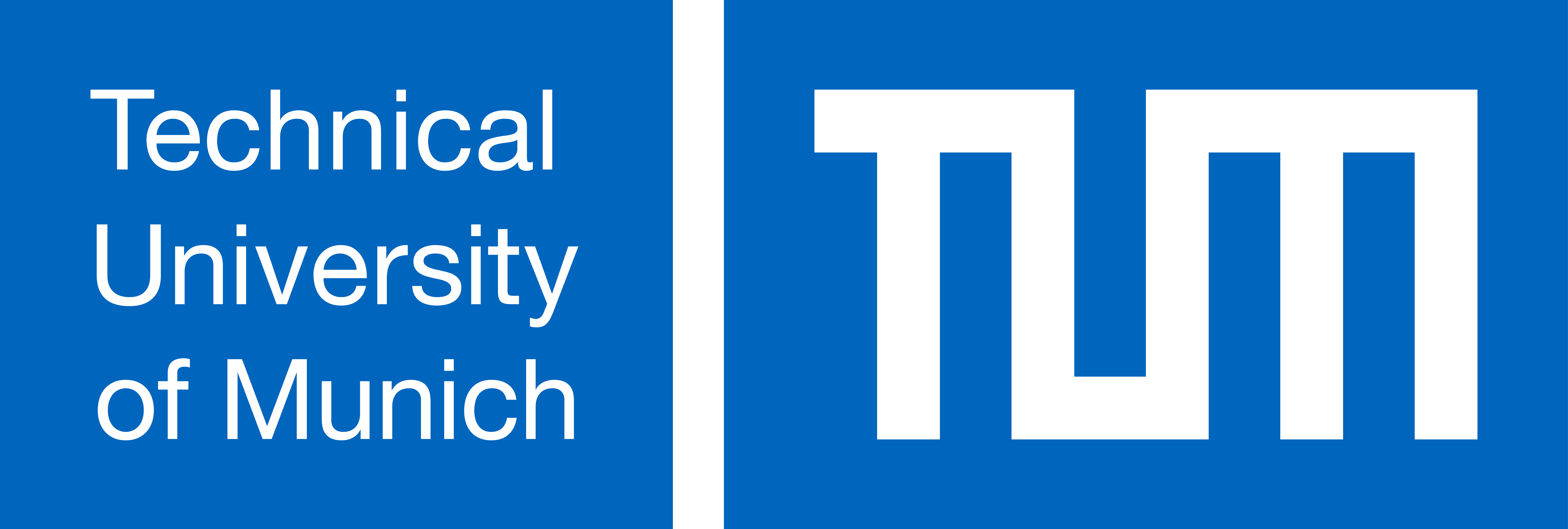Over deze cursus
The course describes basic aeroelastic phenomena arising from the mutual interaction of elastic, aerodynamic and inertial forces on a structure, with special emphasis on problems related to fixed wing vehicles. Aeroelasticity plays a major role in the design, qualification and certification of flying vehicles, as it contributes to the definition of the flight envelope and affects various performance indicators. The course is organized according to the following plan: • Introduction: why aeroelasticity matters, basic concepts in aeroelasticity, examples (including the role of aeroelasticity beyond aeronautical engineering). • Static aeroelasticity: divergence speed; lift distribution over straight and swept flexible wings; aileron effectiveness and reversal. • Dynamic aeroelasticity: vibrations of beams and mode coalescence; flutter; transient response, including gust response.
Leerresultaten
After successfully completing the course, the student will be able to: • Comprehend typical aeroelastic problems, understanding the physical principles at play; • Appreciate the role of aeroelasticity in the design of flying vehicles; • Derive simple models for the description of basic static and dynamic aeroelastic problems, accounting for all relevant forces; • Use the models for making quantitative predictions on the insurgence of important aeroelastic phenomena, such as divergence and flutter; • Understand the limits of the simple methods used in the course, and appreciate how more sophisticated approaches for practical engineering applications are developed.
Toetsing
Students will be evaluated based on the final examination.
Voorkennis
Mechanics and aerodynamics.
Bronnen
- Course material will be provided by the instructor. Additional recommended book: • R.L. Bisplinghoff, H. Ashley, Principles of Aeroelasticity, Courier Dover Publications, 2002.
Activiteiten
Learning method: In addition to the individual methods of the students, consolidated knowledge is aspired by repeated lessons in exercises and tutorials. Teaching method: During the lectures students are instructed in a teacher-centered style. The exercises are held in a student-centered way
Aanvullende informatie
- Meer infoCursuspagina op de website van Technical University of Munich
- Neem contact op met een coordinator
- StudiepuntenECTS 5
- Contact uren per week2
- InstructeursAnik Hirenkumar Shah, Johannes Schreiber, Carlo Rosario Sucameli, Carlo Bottasso, Stefano Cacciola, Marta Bertele, Andreas Vad, Emmanouil Nanos
- InstructievormHybrid
Aanbod
Startdatum
31 oktober 2024
- Einddatum6 februari 2025
- Periode *Winter 2024/2025
- Voertaal
- Inschrijven tussen26 aug - 13 sep 2024
Nog 6 dagen om in te schrijvenApply now
